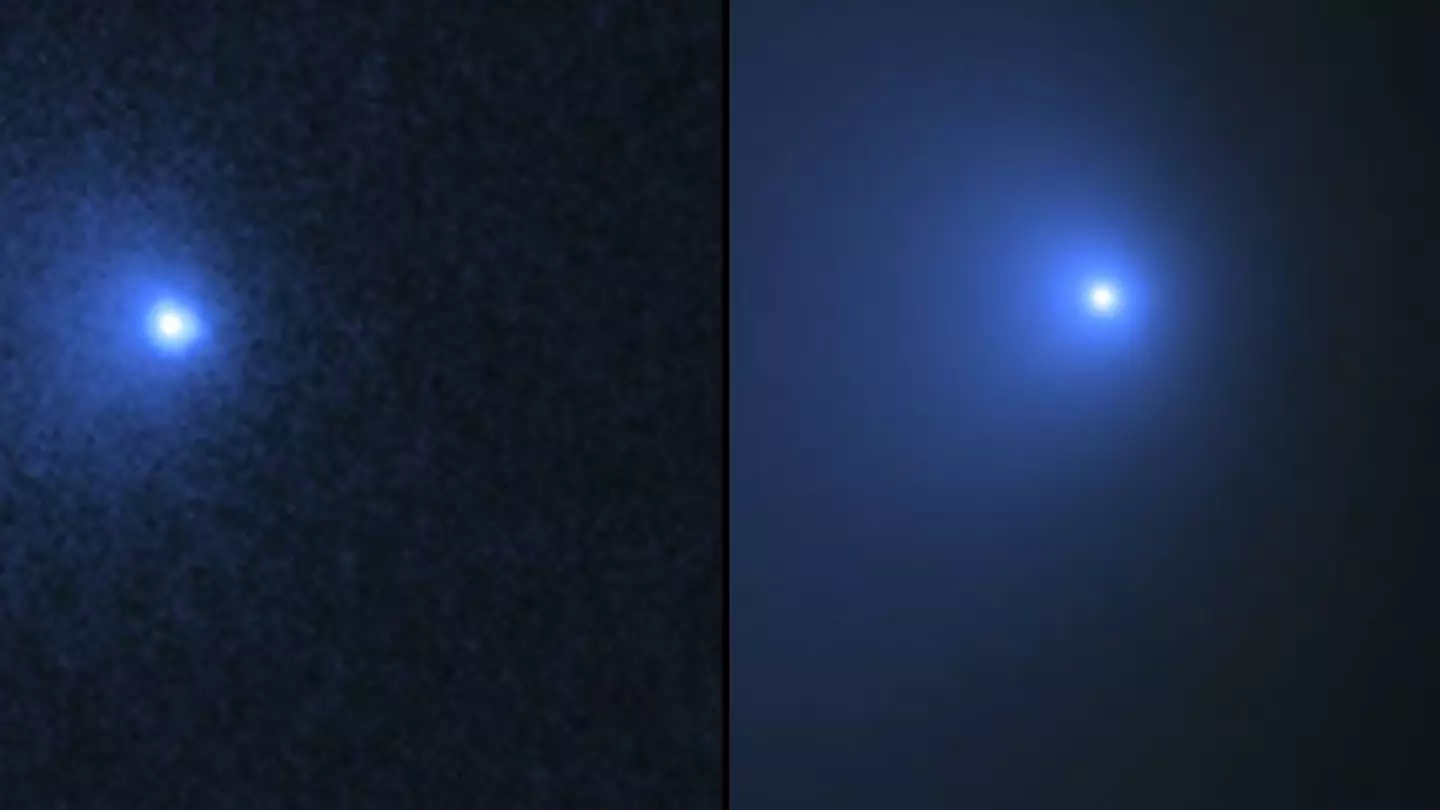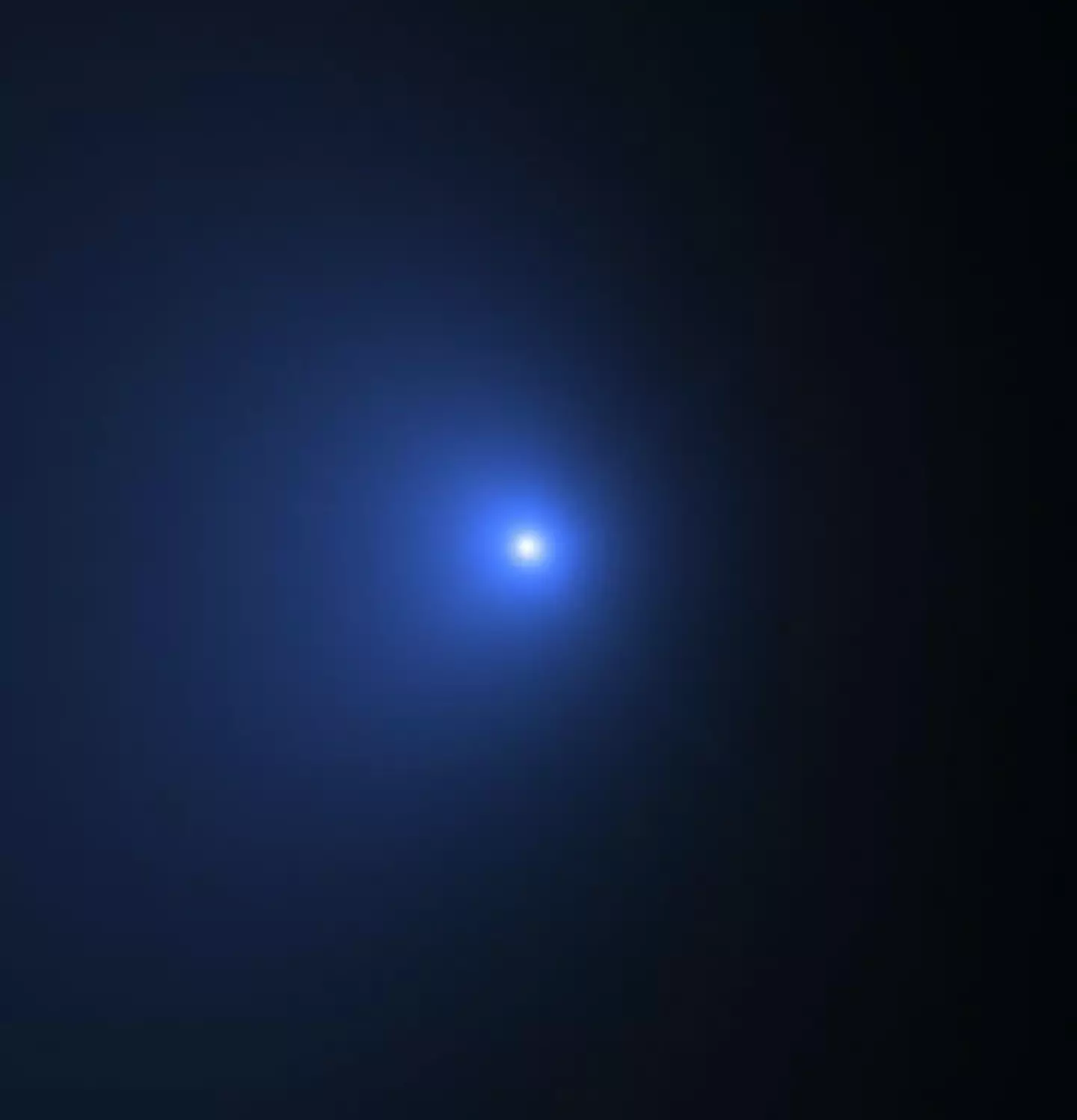
NASA has spotted a huge comet that is flying towards Earth at 22,000 miles per hour.
The comet is 50 times bigger than usual - with a nucleus measuring a whopping 85 miles across and weighing 500 trillion tonnes.
The comet dwarfs the previous record holder for largest comet nucleus, belonging to C/2002 VQ94, which was discovered in 2002, and estimated to be about 60 miles across.
However, the space agency has confirmed there’s no need to panic as the closest the comet gets will be one billion miles away from the sun in 2031 - slightly further away than Saturn. So that's a relief.
Advert
NASA has named the comet Bernardinelli-Bernstein - after the two astronomers who first saw it Pedro Bernardinelli and Gary Bernstein.

Astronomers first spotted the comet in 2010, using in archival images from the Dark Energy Survey at the Cerro Tololo Inter-American Observatory in Chile. But this is the first time its existence has been confirmed by the Hubble telescope.
It’s believed to be the largest comet ever seen.
David Jewitt, a professor of planetary science and astronomy at the University of California, Los Angeles (UCLA) said: "This comet is literally the tip of the iceberg for many thousands of comets that are too faint to see in the more distant parts of the solar system.
Advert
"We've always suspected this comet had to be big because it is so bright at such a large distance. Now we confirm it is."
Describing the comet, he added: "It's big and it's blacker than coal."
NASA likens comets to ‘Lego blocks’ which are left over from when planets were first constructed.
In a statement, NASA explained: "They were unceremoniously tossed out of the Solar System in a gravitational pinball game among the massive outer planets.
"The kicked-out comets took up residence in the Oort Cloud, a vast reservoir of far-flung comets encircling the Solar System."
Advert
Man-To Hui of the Macau University of Science and Technology, Taipa, Macau said: "This is an amazing object, given how active it is when it's still so far from the Sun.
"We guessed the comet might be pretty big, but we needed the best data to confirm this."